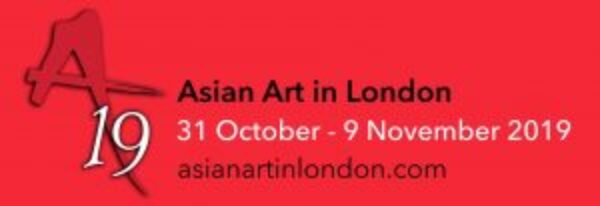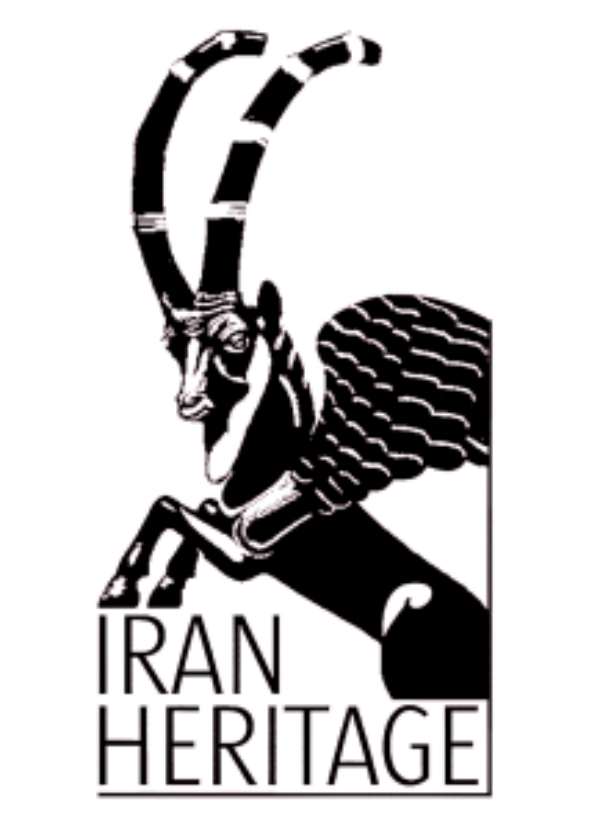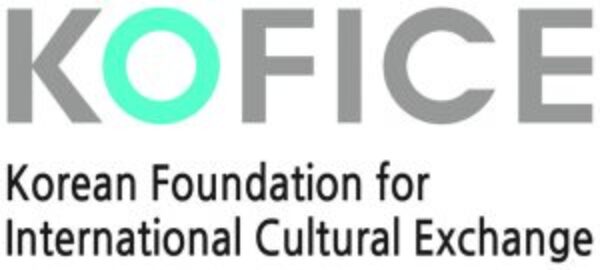The Courtauld’s Research Forum is pleased to announce a new series for the 2019-20 academic year, Conversations in Contemporary Asian Art planned in conjunction with Asian Art in London.
The Courtauld’s newly established Courtauld Asia research group will launch its 2019–20 programme with a special series of events planned to coincide with Asian Art in London, the annual gathering of exhibitions, auctions, and gallery events held each Autumn. Conversations in Contemporary Asian Art brings together contemporary artists and Courtauld academics on four successive evenings to discuss new work and critical issues in the global contemporary arts of Iran, India, the Korean peninsula, and China. Please join us for this exciting inaugural program, and for the many other events in Asian art planned for the coming year
Worldbuilding for 2065
4th November 2019
Lawrence Lek – artist, filmmaker and musician
Interlaced with conspiracy theories and speculative fiction, Lawrence Lek’s CGI films and virtual worlds explore the geopolitical impact of automation and simulation. His universe is populated with dreamers – intelligent satellites, freedom fighters, fading superstars – all searching for autonomy in a future dominated by data.
For this lecture about the interconnections between his works, Lek will perform a live mix of recent films and video games including Geomancer, 2065, FTSE (Farsight Stock Exchange), and AIDOL. These projects revolve around the ideas theorised in Sinofuturism (1839-2046 AD), his video essay about the parallels between Chinese industrialisation and portrayals of AI.
Lawrence Lek is an artist, filmmaker and musician based in London. Recent projects include: AIDOL 爱道, Sadie Coles HQ, London (2019); Unlimited, Art Basel, Switzerland (2019); 2065, K11 Art Space, Hong Kong (2018); Nøtel, Stroom den Haag, Netherlands (2018); Play Station, Art Night, London (2017); The New Normal, UCCA, Beijing (2017); Glasgow International, Tramway, Glasgow (2016); SeMA Biennale Mediacity Seoul, Seoul Museum of Art, Seoul (2016); Secret Surface, KW Institute for Contemporary Art, Berlin (2016). He studied at the University of Cambridge, the Architectural Association, and the Cooper Union. Lek received the 2017 Jerwood/FVU Award and the 2015 Dazed Emerging Artist Award.
Sussan Deyhim: Performance and Practice
5th November 2019
Sussan Deyhim – Artist
This is the second lecture in a series hosted by Dr Sussan Babaie and co-organised by Iran Heritage Foundation with The Courtauld Institute of Art, and in association with independent curator Vali Mahlouji
Sussan Deyhim will present an audio-visual compilation of her recent and early works in media stage production, performance, music and film. Her conversation will touch on her strong ritualistic sense of her cultural roots while creating work that points to the future with a personal poetic and dramatic sensibility.
Sussan Deyhim is an Iranian American composer, vocalist, performance artist. Internationally known for her invention of a unique sonic/vocal language, Deyhim performed her ground-breaking, experimental operatic work at La Mama and the Brooklyn Academy of Music in the 1980s in New York. As a young teenager, she joined the Iranian National Ballet Company and studied with Iranian master folk musicians and dancers before winning a coveted admission into the Bejart Ballet in 1976. Her wide range of musical and performance projects include collaborations with Shirin Neshat, U2, Peter Gabriel, Richard Horowitz and Eve Ensler among others. Her solo exhibition, ‘Dawn of the Cold Season’, was supported by the Robert Rauschenberg Foundation Residency Fellowship in 2015. Her acclaimed The House is Black Media Project, inspired by Forough Farrokhzad’s poetry and life, was premiered at CAP/UCLA Royal Hall and at The Metropolitan Museum of Art. She is currently working on a sonic visual installation called ‘Forbidden Echoes’. Image credit: Sussan Deyhim, Dawn of the Cold Season, 2015
Myths, Memories and Miniatures: The Art of Shahzia Sikander
6th November 2019
Shahzia Sikander – Artist
The New York-based Shahzia Sikander will speak about her multi-media artworks. Sikander’s pioneering practice takes classical Indo-Persian miniature painting as its point of departure and challenges the strict formal tropes of the genre by experimenting with scale and various forms of new media. Trained as a miniaturist at the National College of Arts (NCA), Lahore, Sikander has developed a unique, critically charged approach to this time-honoured medium. Informed by South Asian, American, Feminist and Muslim perspectives, Sikander employs the miniature’s continuous capacity for reinvention to interrogate ideas of language, trade, empire, and migration. At the NCA, Sikander’s thesis project, the Scroll, launched what has come to be called the neo-miniature, and she was the first woman to teach miniature painting. H er works encompass painting, drawing, animation, installation, video and film. Shahzia Sikander has previously shown at the Aga Khan Museum as part of “Nuit Blanche” (2017) and “Listening to Art, Seeing Music” (2018).
After the talk, Sikander will join a panel discussion on Art & Politics with Zehra Jumabhoy, Associate Lecturer at The Courtauld and Sadia Abbas, Associate Professor of Post-Colonial Studies at Rutgers University, Newark. The discussion will be chaired by Faisal Devji, Professor of Modern South Asian History at Oxford University.
This event is made possible thanks to the generous support of the Aga Khan Museum, Toronto, as well as Pilar Corrias gallery, London.
DMZ Revisited: Nikolaus Hirsch and Kyong Park in Conversation
7th November 2019
Nikolaus Hirsch – Architect and Editor of e-flux architecture and Kyong Park – Professor, Department of Visual Arts, UCSD
The Korean Demilitarised Zone (DMZ) is one of the world’s most heavily militarised border, located between South and North Korea. On the occasion of the opening of an exhibition at the Korean Cultural Centre UK (KCCUK), titled Negotiating Borders, which incorporates contemporary art practices that offer unique insights into the political and historical complexities of the DMZ, curators Nikolaus Hirsch and Kyong Park will discuss art historical and architectural significance of the DMZ based on their own experience of curating exhibitions on the DMZ.
Nikolaus Hirsch co-curated the Real DMZ Project 2014 with Sunjung Kim. Kyong Park together with Cathleen Crabb curated the Project DMZ exhibition at the Storefront for Art and Architecture in New York in November 1988. Both of them have been closely engaged with the Real DMZ Project, a contemporary art project based on research conducted on the DMZ.
Nikolaus Hirsch is a Frankfurt-based architect and co-founder of e-flux architecture. He was the director of Städelschule academy in Frankfurt (2010-2013) and previously taught at the Architectural Association in London, University of Pennsylvania in Philadelphia, and at the Institute of Applied Theatre Studies at Giessen University. His projects include the award-winning Dresden Synagogue (2001) and a studio structure for Rirkrit Tiravanija’s The Land. Hirsch curated numerous exhibitions including Mengele´s Skull at Portikus Kunsthalle, Folly for the Gwangju Biennale (2014), the Real DMZ Project in Korea (2014), and Housing Question/Wohnungsfrage at the HKW in Berlin (2015). Hirsch is the author of the books On Boundaries (2007), Track 17 (2009), Institution Building (2009), and Folly (2013).
Kyong Park is Professor of Public Culture and Speculative Design in the Department of Visual Arts, University of California, San Diego. He was the Founding Director of Storefront for Art and Architecture in New York (1982–1998), the international Centre for Urban Ecology in Detroit (1998–2001), and the Centrala Foundation for Future Cities in Rotterdam (2005–2006). He was also a curator of the 1997 Gwangju Biennale and Artistic Director and Chief Curator of Anyang Public Art Project 2010 in Korea. He is the author of Urban Ecology: Detroit and Beyond (2005) and Imagining Eurasia: Visualizing Contemporary History (2019).














